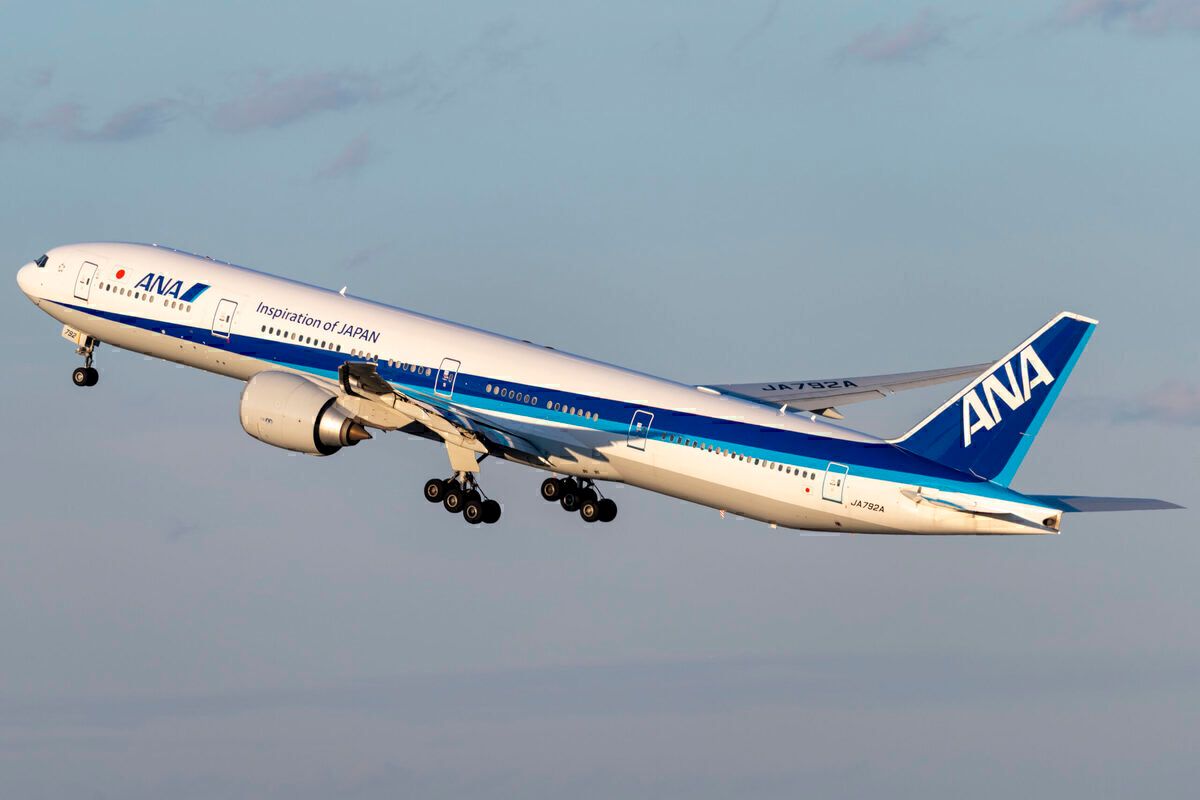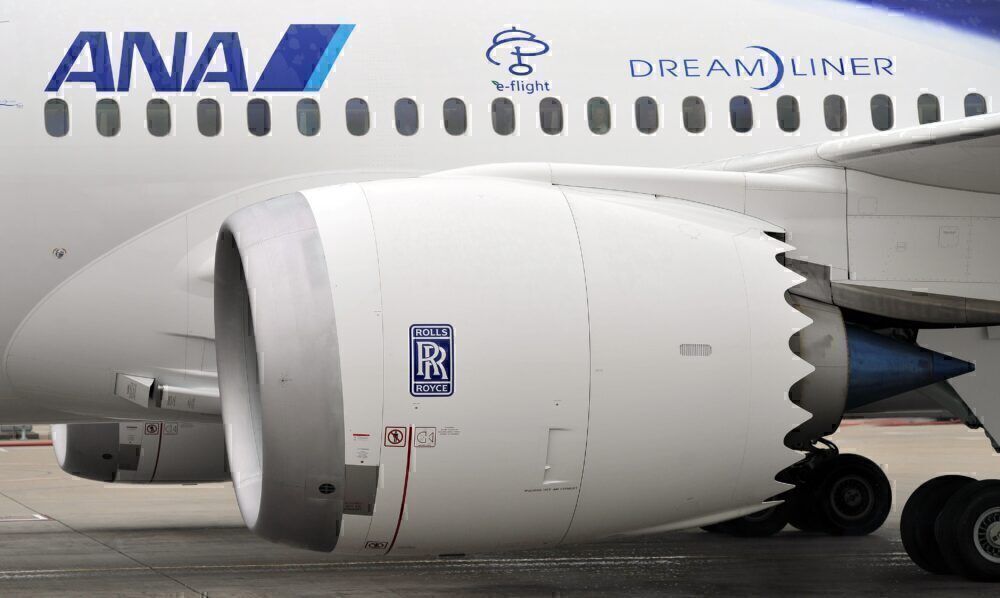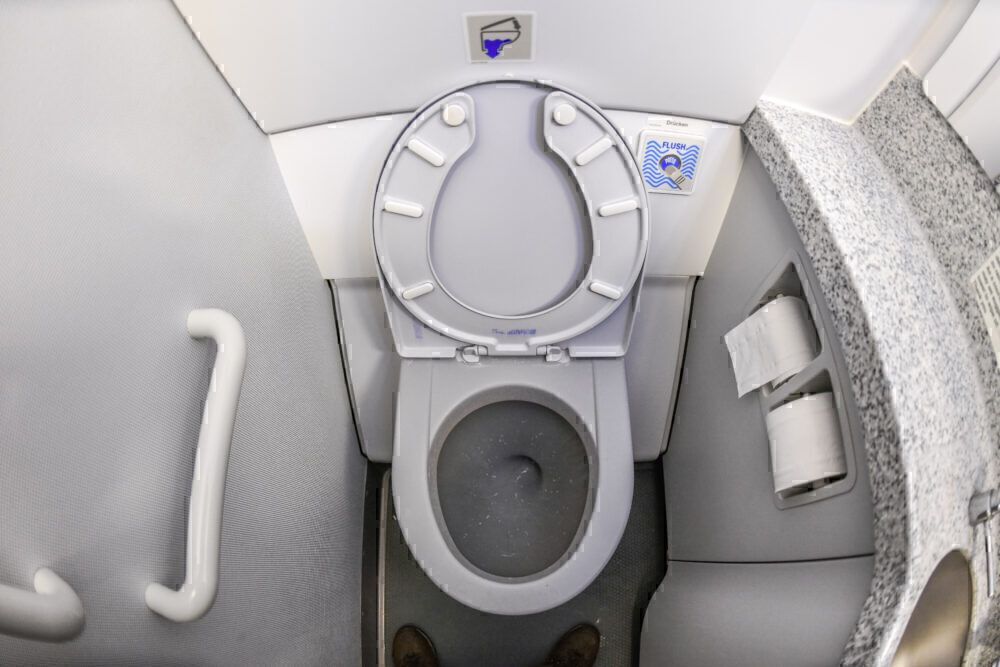Back in 2009, Japanese airline ANA got a bit personal with its environmental message to passengers. In a month-long trial, it asked its customers to take a trip to the bathroom before boarding the flight. It said that, by reducing the additional weight of full bladders onboard, it could save several tons of CO2 each month.
The strangest of requests
We’ve heard of some strange requests made of passengers by airlines. Whether it’s about the size and quantity of luggage, unusual prohibited items, or even getting weighed before boarding, airlines aren’t shy to raise an eyebrow or two in their requirements.
However, it seems Japanese airline ANA once took the cake for the oddest passenger request, when it asked its customers to use the toilet before boarding in a bid to reduce CO2 emissions. It argued that, by emptying their bladders before their flight, passengers could help it drive down its carbon footprint by some 4.2 tons per month.
The initiative was part of ANA’s 2009 campaign to reduce CO2 emissions from its flights, which it called ‘e-flights’. The airline was an early adopter of ecological initiatives such as this, and had been operating e-flights since 2006 in a bid to get fliers to think about the environmental impact of their travels.
The ‘pee before flight’ request was implemented on flights covering 38 domestic routes and its twice a day service to Singapore. The request was made in an announcement before boarding, suggesting passengers relieve themselves in advance of their flight, and was further reinforced by so-called ‘loo attendants’ and signs at the gate.
Stay informed: Sign up for our daily aviation news digest.
Did ANA have a point?
While one person’s full bladder might not make much difference to the weight onboard the plane, multiplying that up by a couple of hundred passengers could really make a difference. The average bladder can hold about 1.1 pounds of fluid before the urge to urinate is felt. If all 270 passengers on ANA’s 767-300 boarded with full bladders, for example, that’s almost 300 pounds of additional weight that would be carried on the flight.
ANA reckoned that if just half of its passengers used the bathroom before the flight, it would save 4.2 tons of CO2 per month. The idea of small changes making a big difference is something many airlines have noted over the years. Some have removed things like inflight magazines in a bid to save weight and thereby reduce the fuel burned on the trip.
Of course, the pre-flight toilet trip was just a small part of the overall eflight initiative. As a spokesperson told CNN at the time,
"We are making [in-flight] items lighter - and making the passengers lighter, a little bit.”
The airline substituted glass drinks products for recycled paper cups and plastic bottles to save weight. It also requested passengers to pack a little lighter, although there were no weight restrictions implemented.
Overall, the month-long trial was just that. It wasn’t a trend that persisted long-term but is an interesting if slightly personal approach to saving weight in flight. For most of us, taking a trip to the bathroom before our flight isn’t really something we need reminding of – most fliers do everything they can to avoid airplane bathrooms.
Do you pee before you fly? Would you do so more often with an environmental message like this? Let us know in the comments.



